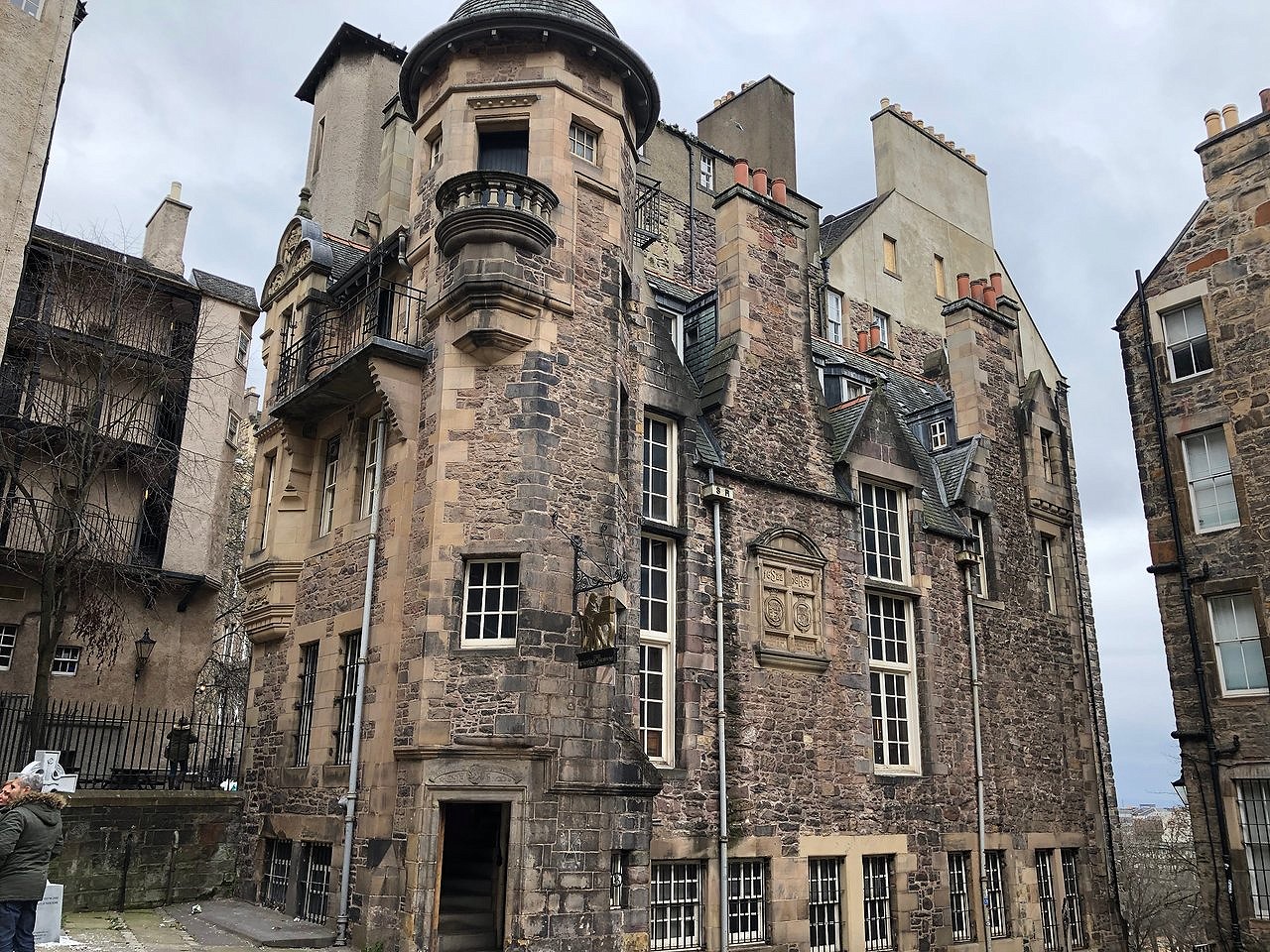


The Writers’ Museum, housed in Lady Stair's House at the Lawnmarket, on the Royal Mile in Edinburgh, presents the lives of three of the foremost Scottish writers: Robert Burns, Walter Scott and Robert Louis Stevenson. Run by the City of Edinburgh Council, the collection includes portraits, works and personal objects.
The Writers’ Museum celebrates the lives of three giants of Scottish Literature – Robert Burns, Sir Walter Scott and Robert Louis Stevenson.
Home to portraits, rare books and personal objects including Burns’ writing desk, the printing press on which Scott’s Waverley Novels were first produced, and the rocking horse he used as a child. We have Robert Louis Stevenson’s riding boots and the ring given to him by a Samoan chief, engraved with the name ‘Tusitala’, meaning ‘teller of tales’. There is also a plaster cast of Robert Burns' skull, one of only three ever made.
This free museum is easy to locate just off the Lawnmarket, the top part of Edinburgh’s historic Royal Mile, in Lady Stair’s Close.
With a wide range of stories and objects this museum has something for everyone to enjoy, whether young or old, local resident or visitor. You don’t need to have read these writers’ works to enjoy the fascinating life stories told in the Writers’ Museum.
Collection Highlights include:
The Writers’ rich collections include books, manuscripts, portraits and fascinating personal items relating to Robert Burns, Sir Walter Scott and Robert Louis Stevenson. Highlights include a first edition of Scott’s novel Waverley and Stevenson’s beloved classic, A Child’s Garden of Verses. Manuscripts include Burns’ draft of Scots wha hae (‘Bruce’s Address to his troops at Bannockburn’). There is also the press on which Scott’s Waverley Novels were printed, a chair used by Burns to correct proofs at William Smellie’s printing office, and Stevenson’s wardrobe made by the infamous Deacon Brodie whose double life may have inspired the novel The strange Case of Dr Jekyll and Mr Hyde.
Access with steps
The main entrance has 1 step and a handrail. Due to the historic nature of the building, there is no lift and no ramp.
There are steps from the main entrance to:
Unfortunately, due to the nature of the building, the exhibitions are accessible by stairs only.
Visual
Some parts of the venue have low lighting.
We have display information in large print.
Information in different languages including: French, Italian, German, Spanish and Japanese. Large print version of all museum text available on request.

